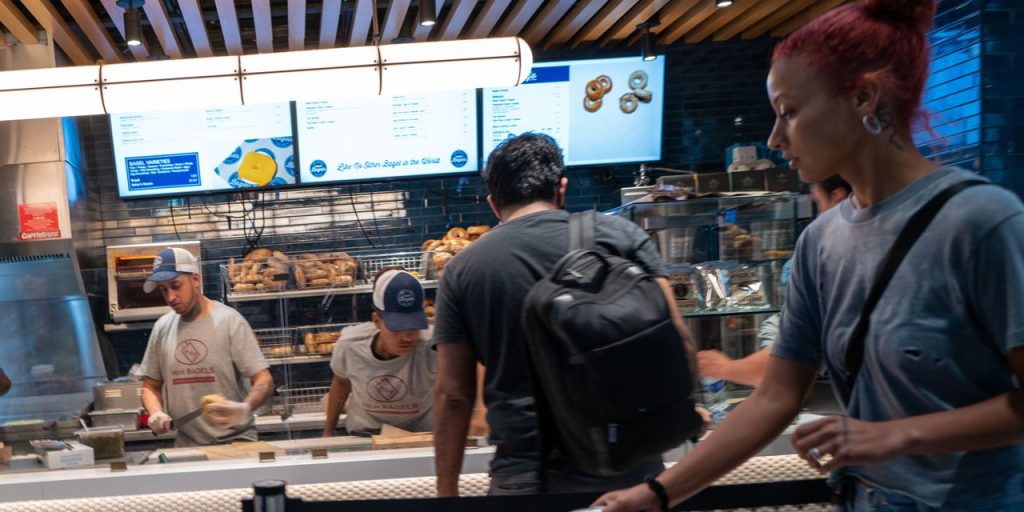The numbers: U.S. economic growth galloped at a 4.9% annual pace in the third quarter — fueled by a big burst of consumer spending — and defied expectations of a slowdown.
The sharp increase in GDP was more than double the rate of growth in the first six months of the year. It was also the largest gain since 2014 excluding the pandemic years of 2020-2021.
Wall Street analysts had forecast a 4.7% increase in gross domestic product, the official scorecard for the economy.
Consumer spending, the main engine of U.S. growth, rose at a 4% clip from July to September, the government said Thursday.
GDP also got a lift from higher government spending and a rebound in the production of inventories or unsold goods.
Before the quarter started, the economy was widely expected to slow in response to rising interest rates. Higher borrowing costs typically depress the economy.
Many economists still expect growth to flag since interest rates are likely to remain high well into next year.
The Federal Reserve has jacked up rates to tame inflation and is unlikely to reverse course until the annual increase in prices returns close to low pre-pandemic levels.
Fed officials meet again next week, but they are widely expected to leave rates at current levels. The GDP report is unlikely to sway their thinking, economists say.
Key details: Households increased spending at the fastest rate since 2019 excluding the pandemic years.
Americans spent more on new cars, consumer electronics and services such as travel and recreation.
Businesses were more cautious. They spent more on structures such as office buildings and oil rigs, but cut back on equipment spending.
Companies did increase production, however, and replenish depleted inventories. The increase in unsold goods added 1.3 percentage points to headline GDP.
Housing also added to GDP despite a slowdown in sales and construction due to high mortgage rates.
Government spending, meanwhile, rose sharply again, largely because of an increase in defense-related purchases. The U.S. has sent lots of arms to Ukraine and has to replenish its own dwindling military supplies.
Total government spending added 0.8 percentage points to GDP.
A smaller U.S. trade deficit had little effect on the economy in the third quarter.
Inflation rose at an annual 2.9% pace in the third quarter, up from a 2.5% rate in the spring.
GDP is updated twice after the initial results are published to incorporate new information not immediately available. The next update for the third quarter is due a month from now.
Also read: Durable-goods orders surge due to Boeing plane contracts
Big picture: GDP reveals a lot about where the economy has been, but not where it is going. Right now it’s an open question.
On the bright side, companies are still hiring, layoffs are sparse and the unemployment rate is near the lowest level in a half a century. That’s given Americans the confidence to keep spending.
Yet rising borrowing costs have already scorched some key areas of the economy such as housing. Higher rates are likely to restrain household spending and business investment in the months ahead.
Frothy third-quarter growth doesn’t offer much assurance, either. The U.S. has grown rapidly shortly before the onset of prior recessions.
Looking ahead: “This was a very strong report, no doubt about it. That said, it’s not likely to be sustainable,” said senior economist Sam Bullard of Wells Fargo. “We are not looking for this rate of growth to repeat in the fourth quarter.”
Market reaction: The Dow Jones Industrial Average
DJIA,
-0.37%
and S&P 500
SPX,
-0.73%
opened mixed in Thursday trades.
Read the full article here



